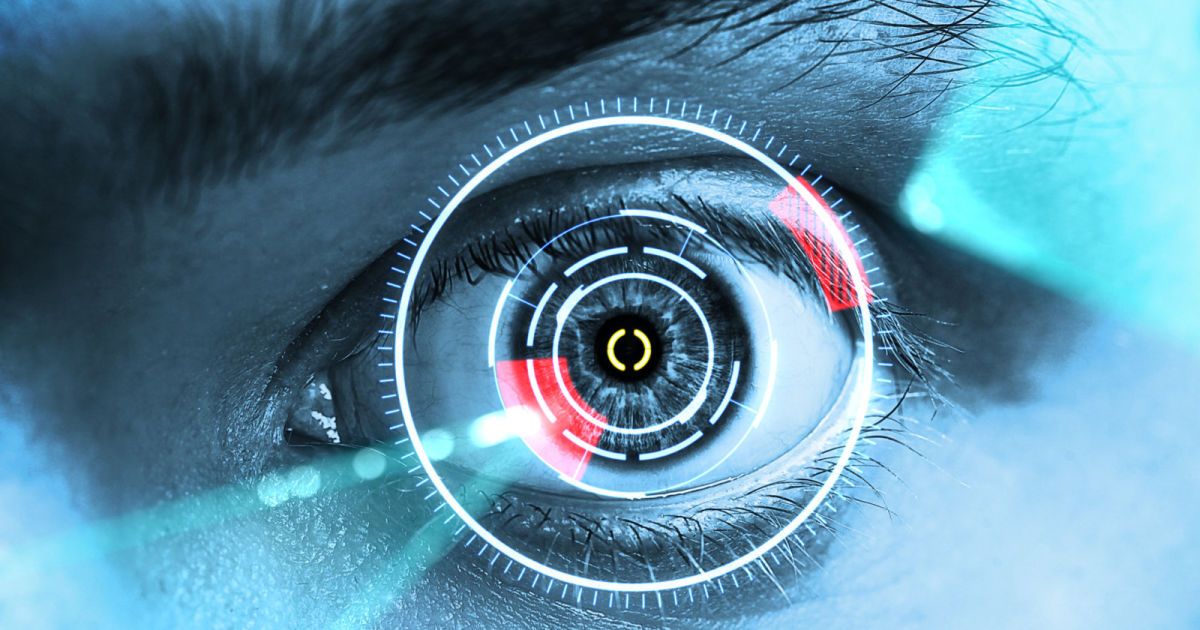David Goodall is not terminally ill but wants to die, and resents that he cannot elect to do so in Australia.



It will still be a while before scientists are able to harness Superman-like laser vision, but the technology is now closer than ever before thanks to a new development from the University of St Andrews. The team there have created an ultra-thin membrane laser using organic semiconductors, which is for the first time compatible with the requirements for safe operation in the human eye. Even though the membrane is super thin and flexible, it’s durable, and will retain its optical properties even after several months spent attached to another object, such as a bank note or, more excitingly, a contact lens.
The ocular laser, which has so far been tested on cow eyes, is able to identify sharp lines on a flat background — the ones and zeros of a digital barcode — and could be harnessed for new applications in security, biophotonics and photomedicine. Team member Professor Malte Gather said: “Our work represents a new milestone in laser development and, in particular, points the way to how lasers can be used in inherently soft and ductile environments, be it in wearable sensors or as an authentication feature on bank notes.”

Scientists have created an artificial eye that can see better than us.
This hacked EEG machine is learning how to read your mind.
Recently, Elon Musk had the chance to share his thoughts on universal basic income (UBI) at the World Government Summit in Dubai. At the Summit, Musk had the opportunity to talk about the future, and the challenges the world will face in the next hundred years – including artificial intelligence (AI), automation, and the job displacement expected to come with it.
When asked about the challenges civilization is set to face in the near future, Musk began by noting the threat of artificial intelligences that surpass humanity.
He stated, “deep artificial intelligence, or artificial general intelligence, where you can have artificial intelligence that is much smarter than the smartest human on Earth, this is a dangerous situation.”

By Alice Klein
The eyes really are a window to the soul. The way they move can reveal your personality type – a finding that could help robots better understand and interact with humans.
Psychologists have long believed that personality influences the way we visually take in the world. Curious people tend to look around more and open-minded people gaze longer at abstract images, for example.

Sometimes, people laugh imagining themselves as elderly people. Would they laugh imagining themselves as diseased?
If you watched a TV show, or read a comic book, where the difficulties and suffering of an oncological patient were portrayed in a disrespectful, humorous way, you would likely be outraged; at the very least, you would think that the show or comic book was in seriously bad taste. You’d probably think the same about similar material involving a disabled person or anyone who, because of an incurable disease, had only a short time to live spent in increasing misery—for example, a child affected by progeria, a disease that may best be described as a sort of accelerated aging syndrome that kills off its victims in their mid-twenties at the very latest.
Yet, it is not uncommon to see the diseases of old age, and even elderly people in general, being laughed at in just such a way without causing much outrage at all. Why is there a difference?
We’ve all seen this
You can probably recall plenty of examples of this phenomenon from your own experience. Who has never seen a sketch where the main characters are exasperated by a shriveled, elderly man who, holding up an old-fashioned ear trumpet, keeps getting wrong what they are saying despite all their efforts? How many times have cheap laughs been gotten because of an elderly person losing his or her dentures or a rambling old man exaggeratedly ranting about pretty much everything?

